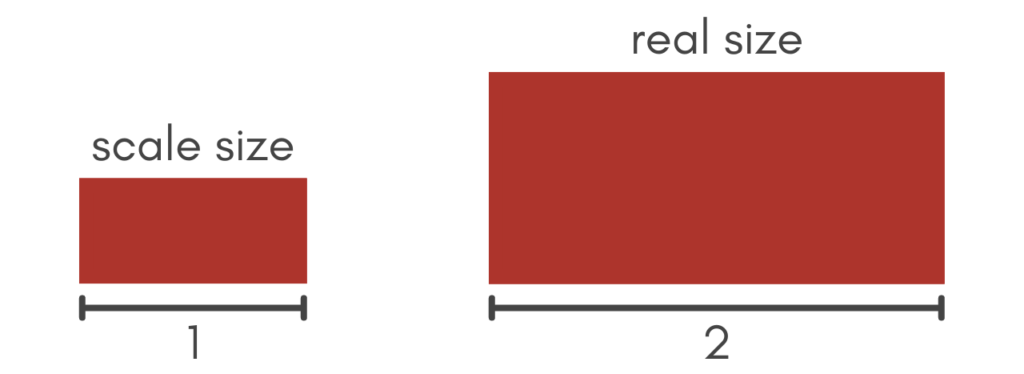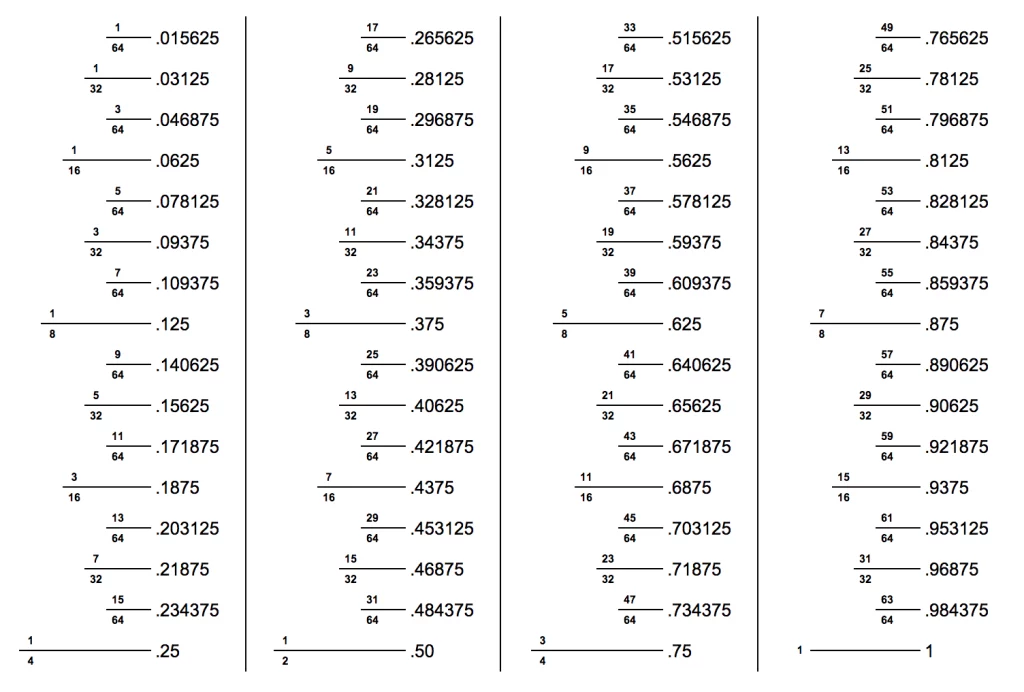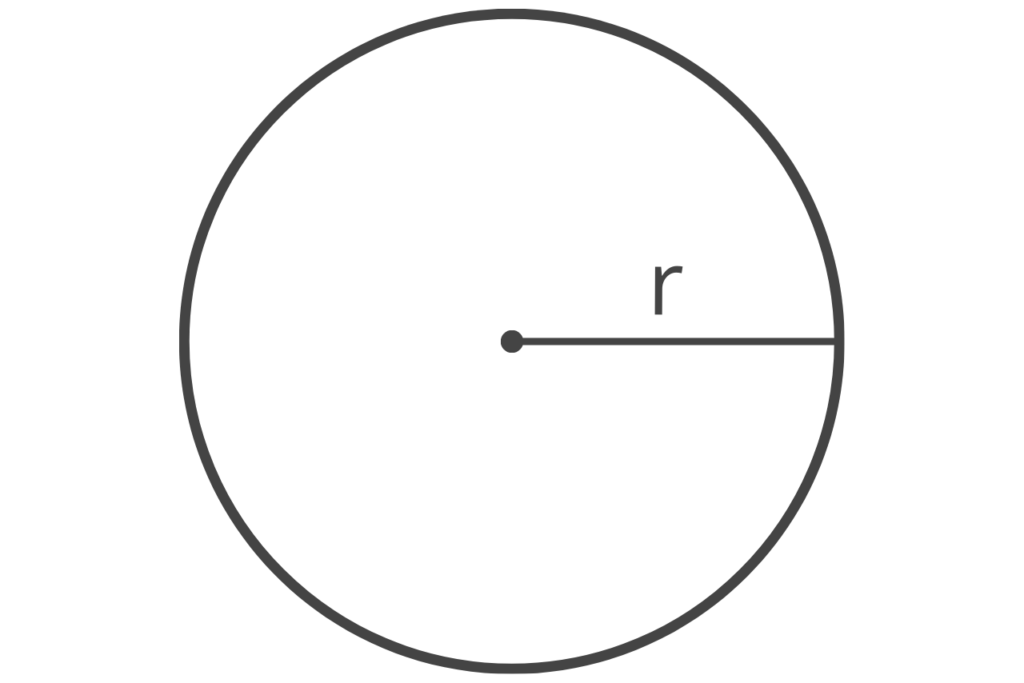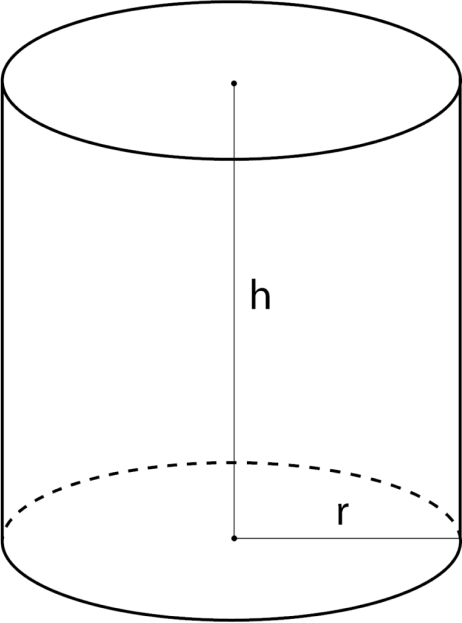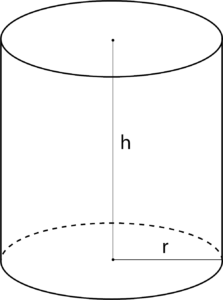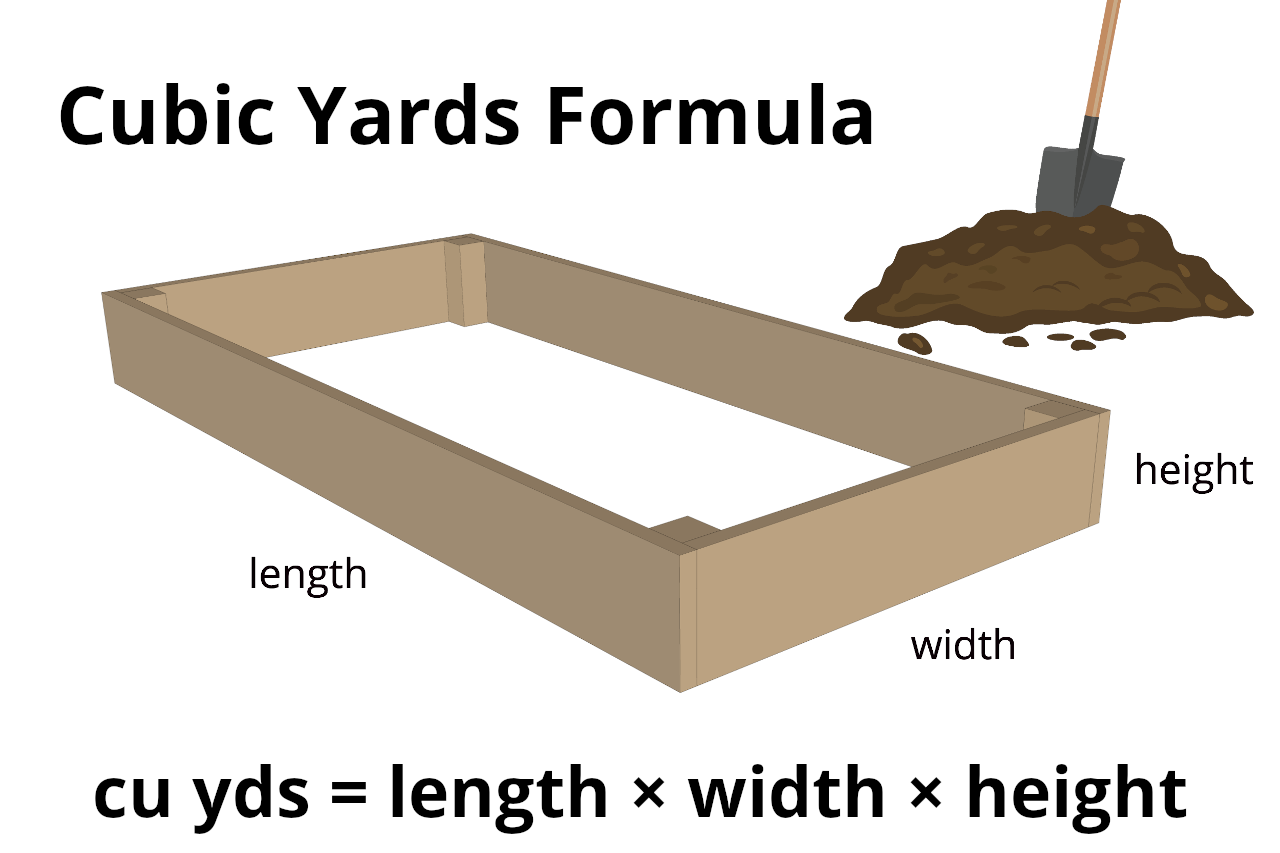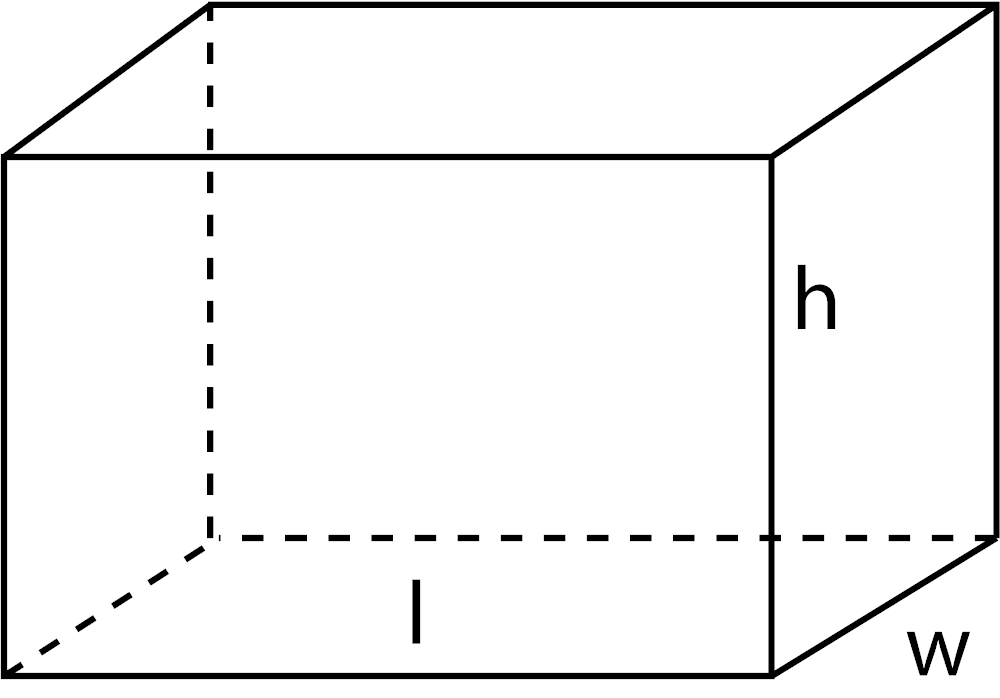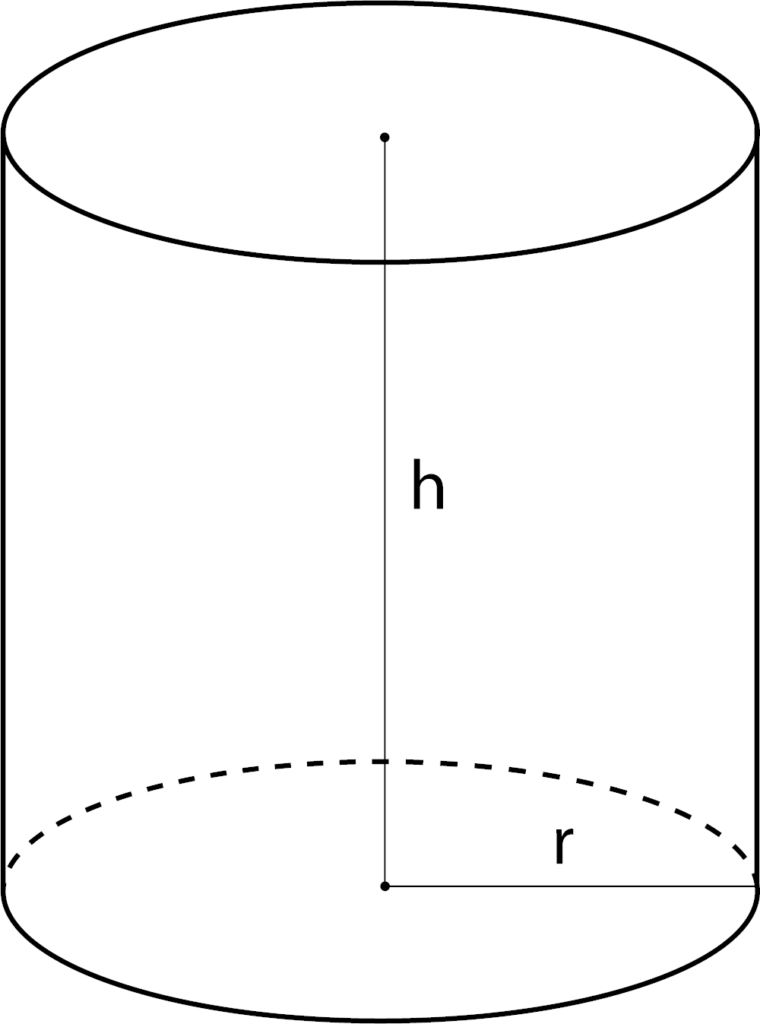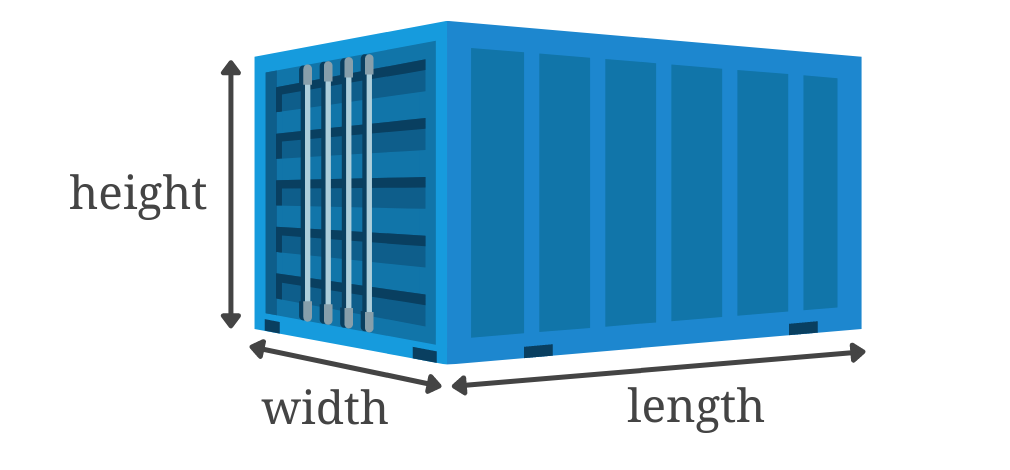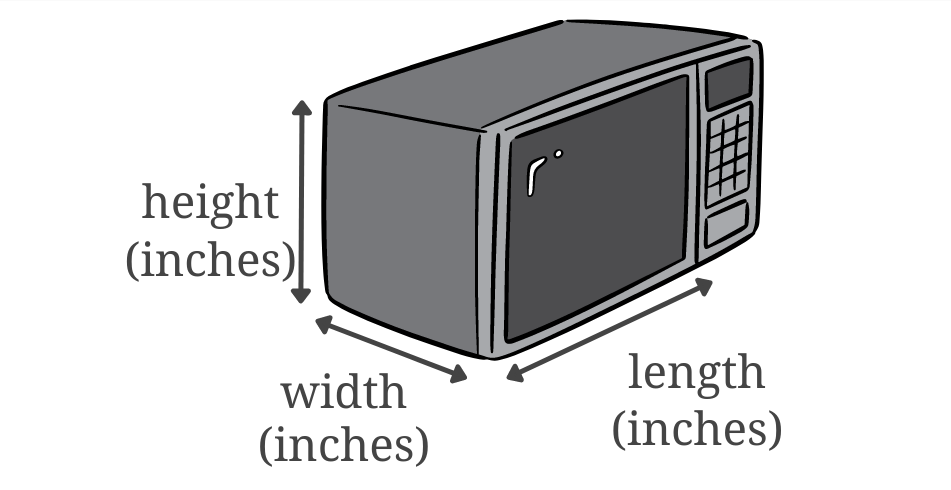Square Feet to Cubic Yards Calculator
Convert square feet to cubic feet or vice-versa using the calculator below. Read on to learn how we calculated the result.
-
By
FindPros

FindPros connects consumers with professionals in over 600 different categories.
-
Reviewed by
Jacky L.

FindPros connects consumers with professionals in over 600 different categories.
Result:
Learn how we calculated this below
Direct Link to Results:
How to Convert Square Feet to Cubic Yards
To calculate cubic yards given an area in square feet, you’ll also need the height or depth of the space/object in question. This is because these are different units of measure, so to convert one from the other, you need the height.
Square feet measure the area of a space, while cubic yards measure its volume.To convert, you can use a formula.
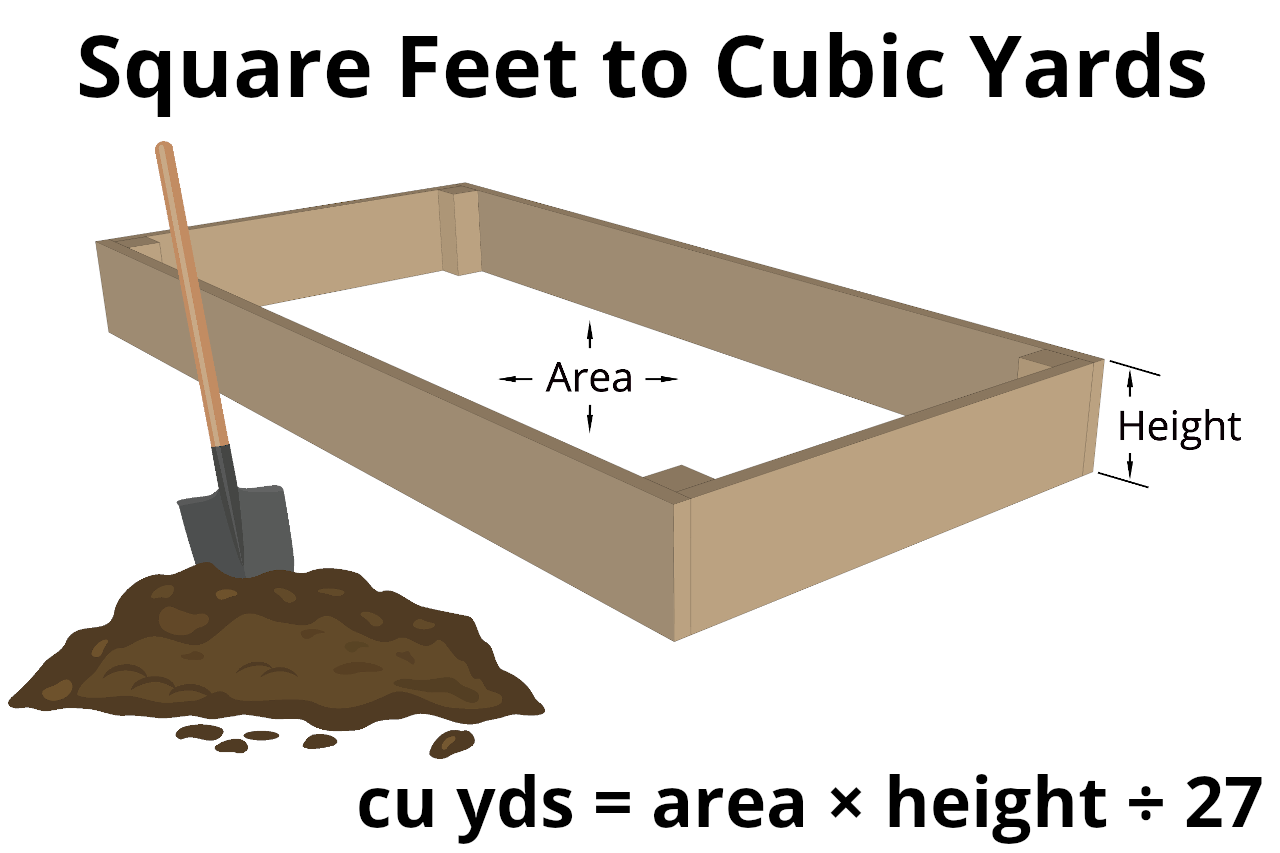
Square Feet to Cubic Yards Formula
The formula to convert is (for a rectangular or cubic volume only):
Thus, the volume of a space in cubic yards is equal to the area of the base in square feet times the height in feet, divided by 27. Essentially, you’re calculating the volume in cubic feet, then by dividing by 27, you’re converting the result to cubic yards.
If you don’t know the square footage, you can always use our square footage calculator, or if you know the length and width of the space, you can use this formula:
Steps to Convert
Now that you know the conversion formula, follow these steps to convert square feet to cubic yards.
Step one: calculate the square footage of the space by multiplying the length and width.
Step two: calculate the cubic footage of the space by multiplying the square footage by the height or depth in feet.
Step three: calculate the cubic yardage of the space by dividing the cubic footage by 27. You can also use a cubic yards calculator for this
How to Convert Cubic Yards to Square Feet
You can convert cubic yards back to square feet by reversing the steps above. Of course, you’ll need to know the conversion formula.
Cubic Yards to Square Feet Formula
Use this formula to calculate square feet given cubic yards:
The area in square feet is equal to the volume in cubic yards times 27, divided by the height in feet.
You might also be interested in our square feet to cubic feet calculator.
Frequently Asked Questions
Cubic yards is a measurement of volume, while square yards is a measurement of area. That is, cubic yards are three-dimensional, while square yards are two-dimensional.
This depends on the desired depth of concrete over the specified area. For example, if we desire a depth of 6 inches of concrete, then a cubic yard of concrete would cover 54 square feet.
You can calculate this more specifically using our concrete calculator.

